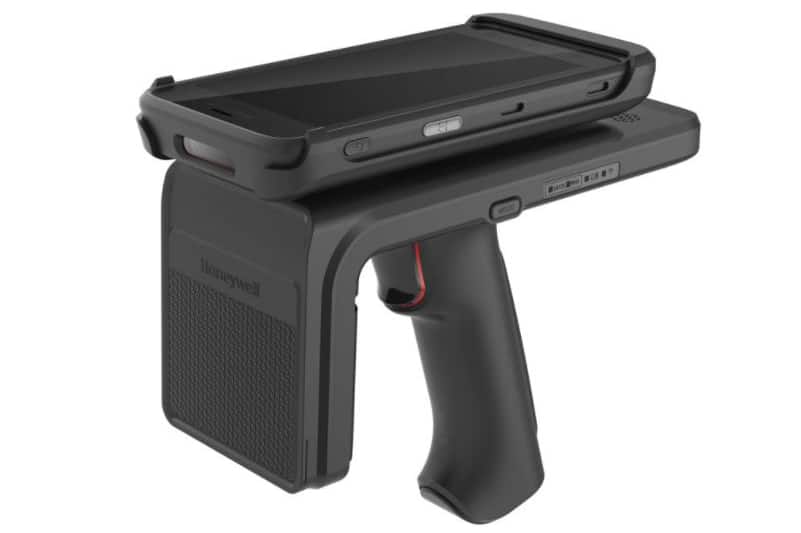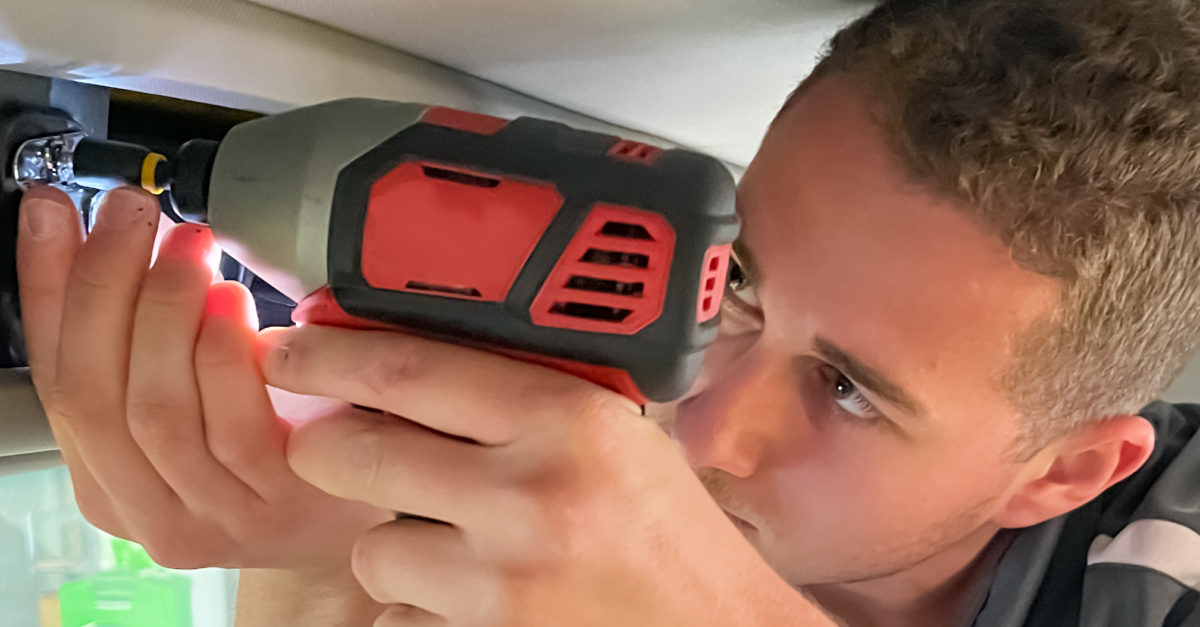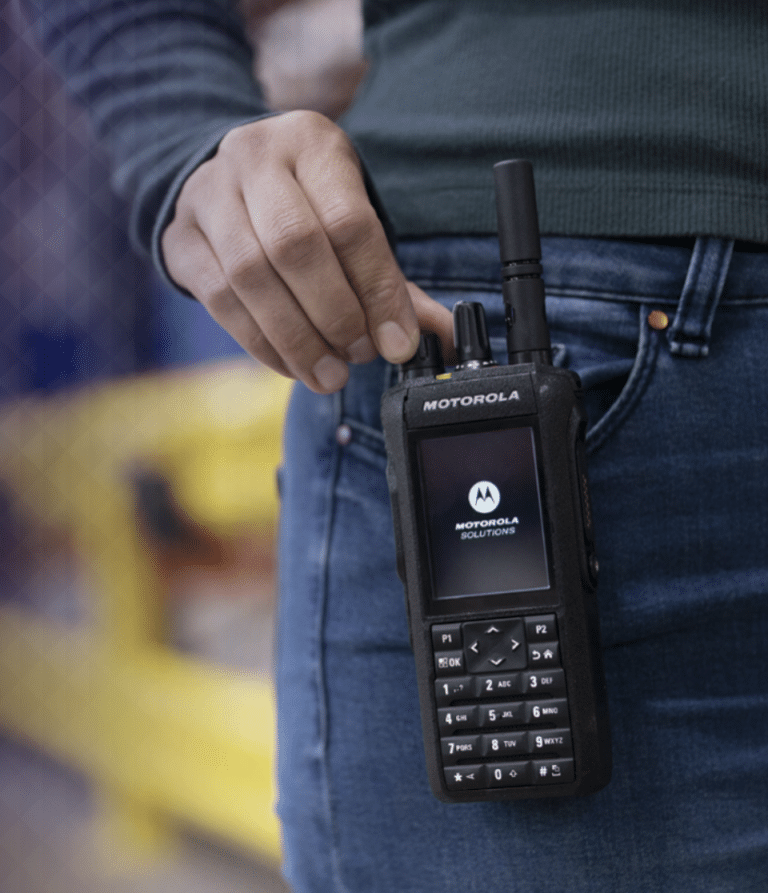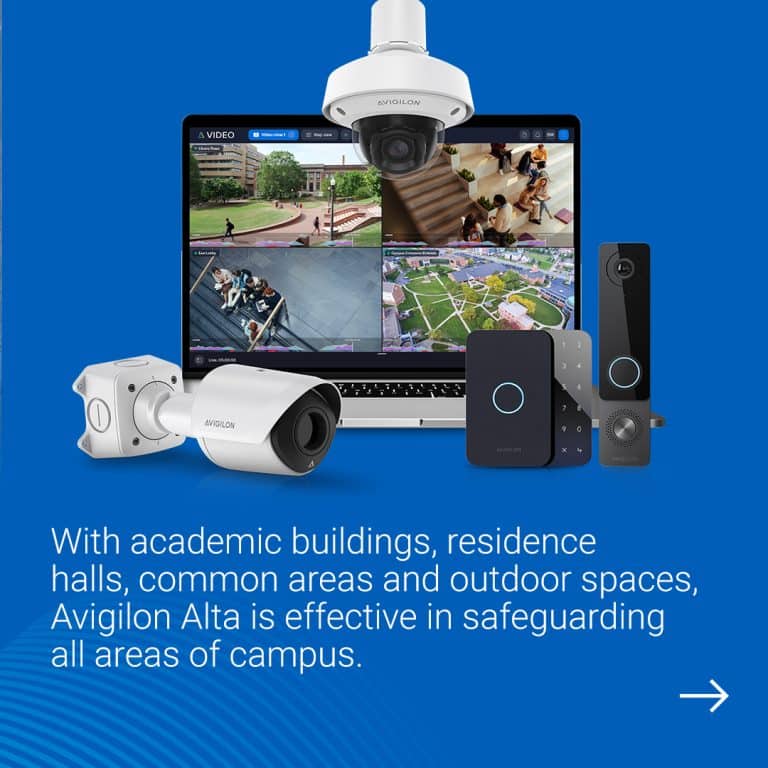Key Points:
- A powerful software system doesn’t have to come with sticker shock
- Savvy planning can ease the impact of equipment investments
- A technology partner streamlines initial costs and ongoing responsibilities
Overtime overload, process bottlenecks, and more and more mistakes — just a few signs indicating it’s time to abandon traditional methods and make a level-leap into digital automation. If you’re fearing the expense and hassle, here are three strategies to help you move forward with confidence.
1. Seek Alternatives to Full Payment Upfront.
Moving from spreadsheet printouts and calculators to a Warehouse Management System (WMS) is the price of admission for competing in the modern landscape. WMS software is your operational brain and backbone that focuses communication, sorts out inventory, and shapes processes for more capacity, efficiency, and speed. WMS systems range in size and sophistication, but even smaller solutions can come with a big price tag. If you begin browsing and sense sticker shock, dig a little deeper for more feasible options.
There’s no getting around costs associated with implementing a WMS, and they can vary widely depending on the specifics of your operation. But when it comes to the software system itself, many developers will be ready to work with you.
ACTION ITEM: Request software licensing rates or subscription arrangements to fit your monthly budget rather than absorbing the blow of a huge, one time charge.

You’ll also need to invest in wireless hardware tools to feed your WMS and fuel its capabilities. Industrial mobile devices designed for the realities of warehouse environments become keys that unlock smarter use of labor and better inventory management. You’ll need high-quality devices built to last and protect your budget from ongoing replacement costs. And devices should be capable of supporting the full potential of your WMS to maximize the return on your overall technology investment.
Full upfront payment for certain models of mobile devices, access control hardware, and surveillance system components may make sense if costs are low enough. But leasing options may also be available to take smaller bites out of your budget and spread out expenses over time.

2. Gradually Upgrade As You Go.
When shopping for a WMS, measure available systems against a long-term view of your operation. Choose one capable of growing with your warehouse capabilities and customer needs.
ACTION ITEM: You may not immediately require every amenity a WMS system has to offer, so ask to pay only for the modules you need right now. Then, as you add new business, upgrade as necessary to support it.
For example, maybe you’ve landed a customer that can take your business to a new level, but the deal hinges on deploying Radio Frequency Identification (RFID) capabilities. You’ll be able to forecast the additional revenue that will pay for expanding your WMS system and purchasing RFID tools without worry of just absorbing the costs within your existing budget.
Plus, you may be able to leverage expanded WMS capabilities and new hardware tools to grow relationships with existing customers. It can lower your costs per customer and make customers more loyal by providing better service.

3. Streamline Investments and Support With a Technology Partner.
Migrating to digital systems and tools is more than a one-off technical project. It’s about analyzing your operations for new opportunities and sharpening productivity strategies to do business better. Selecting systems, researching equipment options, and customizing implementation is a lot to take on while also staying focused on your core operations. That’s why you’ll want the expert guidance of a technology partner.
A technology firm experienced in warehouse operations can evaluate your goals, facility design, and working conditions to make sure you choose perfectly matched solutions without paying too much or ignoring gaps that can come back to haunt you. A tech partner can also help scale solutions to match your budget realities. Their expertise saves time and money as you make the switch to modern methods.
In addition, a technology partner brings an efficient, disciplined approach to troubleshooting and maintenance responsibilities. You can’t afford to ignore professional support or you’ll risk unnecessary, expensive repairs as well as needless downtime and lost productivity. A technology partner will ensure routine care to keep systems running smoothly and even out the costly ups and downs that always result from neglect.

Don’t Let Fear Hold You Back.
If you’re still manually tackling key warehouse operations, time is not on your side in a rapidly evolving industry. And waiting for a ‘good time’ to upgrade typically amounts to the illusion of an opportunity that never comes.
Don’t let fear hold you back. Now is the time to jump in with both feet, starting with a smart approach to both your solutions and the way you pay for them. Streamlined competitiveness is a powerful reward. Doing more with less and doing it better translates to an exciting step forward with the promise of expanding your potential and reinvigorating your team.






